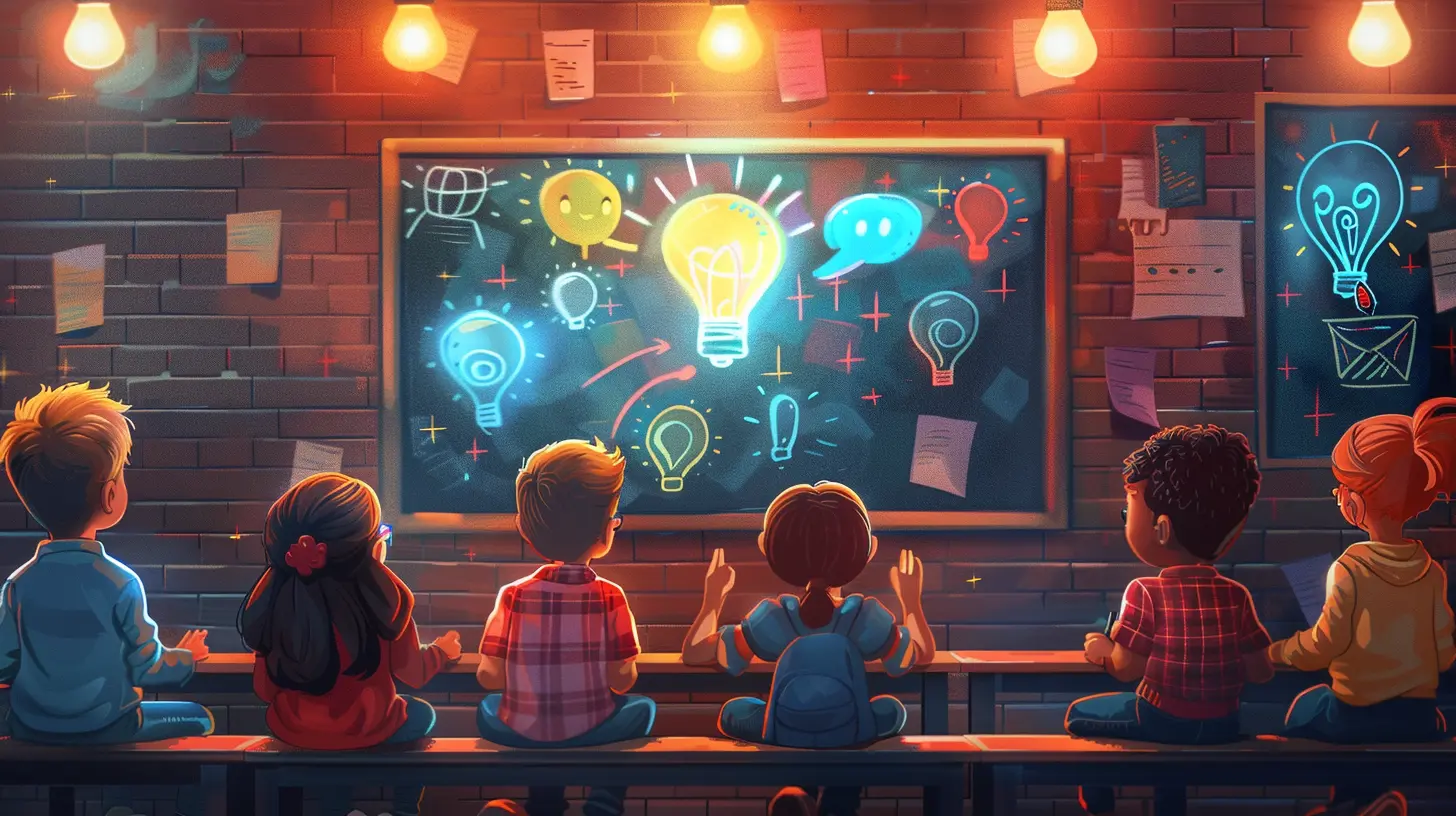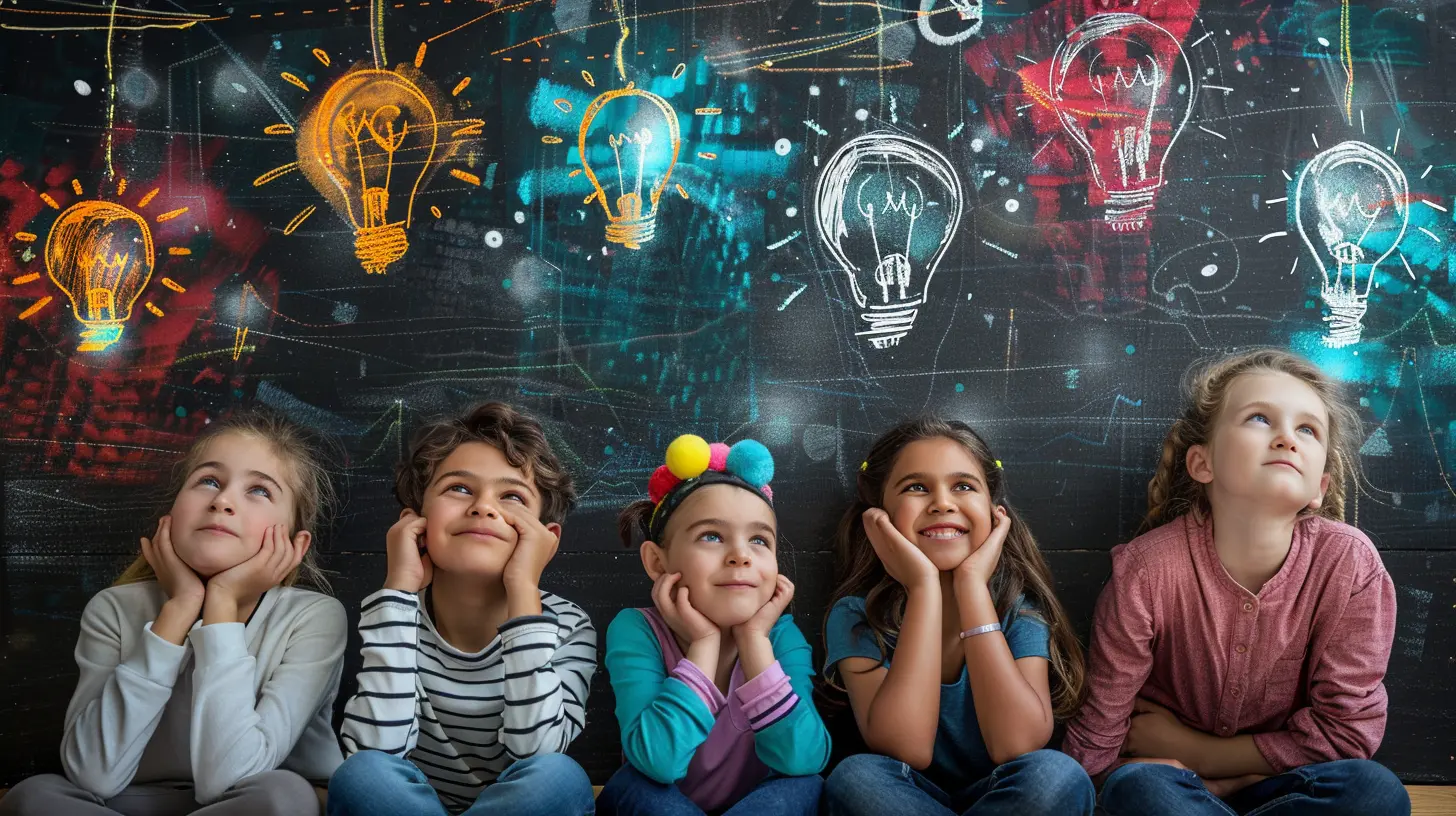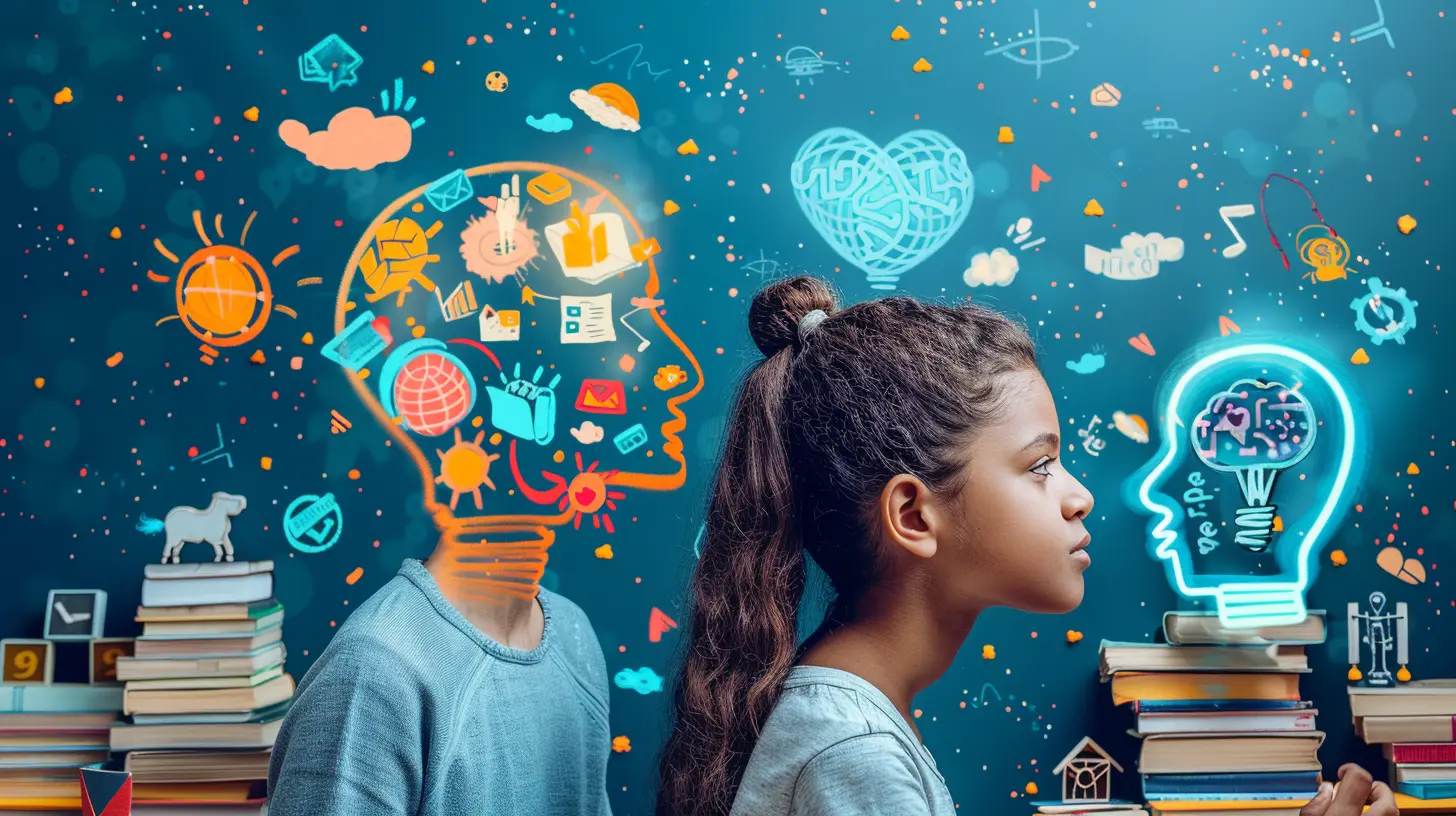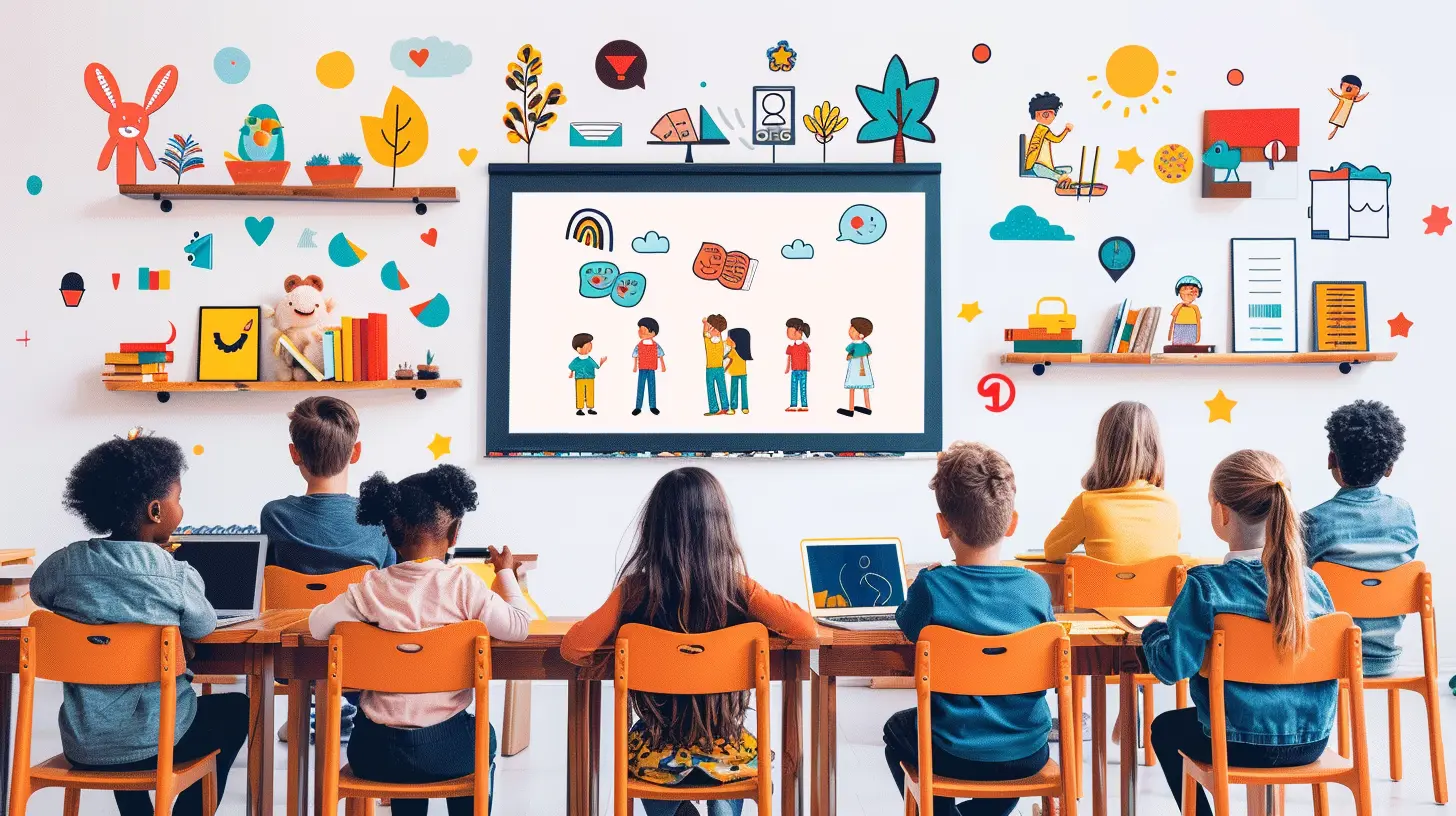The Role of Social-Emotional Learning in Modern Classrooms
28 July 2025
Let’s just cut to the chase. Teaching today isn’t just about ABCs and 123s anymore. Oh no, education has evolved—and thank goodness for that. In today’s classrooms, we’re not just raising test scores; we’re raising humans. That’s where social-emotional learning (SEL) struts in wearing a superhero cape. Yep, SEL isn’t just a feel-good trend—it’s the glue holding together modern education.
In this bold, no-fluff breakdown, we’re diving deep into what social-emotional learning really is, why your classroom desperately needs it (like yesterday), and how it’s changing the game for students, teachers, and the entire school vibe.

What Is Social-Emotional Learning, Anyway?
You’ve probably heard the term thrown around in staff meetings or education Twitter threads, but let’s unpack it—Sassy style.Social-Emotional Learning, or SEL, is all about helping kids (and let’s be honest, adults too) build soft skills that are anything but soft. We're talking:
- Self-awareness: “Hey, I’m mad and that’s okay—but let’s not flip a desk about it.”
- Self-management: Channeling those emotions without blowing up like a shaken soda bottle.
- Social awareness: Understanding others, even when they’re not your vibe.
- Relationship skills: Working in a group without drama? Revolutionary.
- Responsible decision-making: Thinking before acting—more logic, less chaos.
In short, SEL is about teaching students how to human—because trigonometry won’t help you navigate a bad breakup, but emotional intelligence might.

So… Why Should You Care?
Let’s be real—teachers already have a million tabs open in their brains. Grading, lesson planning, parent emails, and trying not to lose your sanity in the cafeteria. So why add SEL to the mix?Because kids aren't leaving their emotions in their lockers. They’re bringing their whole selves into the classroom—messy feelings and all. And when classrooms support SEL, guess what happens? Magic.
1. SEL Boosts Academic Performance
You might think that focusing on emotions takes away from academics. Surprise! It actually boosts it. Research shows that students in SEL programs perform better—like, 11 percentile points better—than those who don’t.Why? Think about it. When kids can manage stress, regulate emotions, and communicate clearly, they can focus. They’re not just surviving school; they’re thriving in it.
2. Better Behavior, Less Drama
Classrooms without SEL? Sometimes they’re straight-up chaos. Throw in some SEL, though, and suddenly kids are using their words instead of their fists. They’re resolving conflicts, showing empathy, and thinking before they act. It’s like adding a filter to all that middle-school angst.3. Mental Health Gets a Big Hug
Let’s not sugarcoat it—kids today are struggling. Anxiety, depression, burnout—it’s not just grown-up problems anymore. SEL gives students tools to process what they’re feeling. It normalizes talking about emotions and seeking help when needed. And that, my friends, is powerful.
Real Talk: What SEL Looks Like in Action
Alright, theory is cute, but what’s SEL actually look like in a real classroom—which, BTW, isn't always a Pinterest-perfect oasis?Morning Meetings With a Twist
Daily check-ins where students say how they’re feeling, what they’re excited or anxious about, or share a quick life update. It sets the tone for connection and trust.Journaling for the Soul
Having students write about their emotions, their goals, or how they handled a tough situation. Who knew a spiral notebook could double as a therapist?Role-Playing Scenarios
"This student pushed you. What do you do?” Instead of escalating, students learn to walk away, express themselves, or ask for help. Role-playing teaches empathy and problem-solving in real-time.Group Projects That Don’t Turn into Power Struggles
SEL encourages shared leadership, communication, and conflict resolution. AKA the group project doesn’t crash and burn in passive-aggressive silence.Setting Goals and Owning Mistakes
Students learn to set achievable goals, reflect on their progress, and—brace yourself—own their mistakes without a meltdown.
Teachers: The Unsung SEL Heroes
If anyone needs social-emotional skills, it’s teachers. You’re the ones balancing your own emotional wellness while also guiding the next generation through theirs. So how does SEL help you (besides saving your sanity)?You Build Stronger Relationships
Students don’t learn from people they don’t like—or don’t feel safe with. SEL bridges that gap. It helps you understand your students on a deeper level, making your classroom a judgment-free zone.You Create a Classroom Culture That Feels Like Family
When SEL is part of your routine, you’re not just managing a class—you’re building a community. Students feel seen, valued, and respected.Less Time Policing, More Time Teaching
Once kids learn to self-regulate, teachers spend less time playing referee and more time, well, actually teaching. Imagine that!Common Misconceptions About SEL (And Why They’re Wrong)
There’s always some pushback whenever change rolls into education. Let’s bust a few SEL myths wide open.“SEL is just fluff—it’s not real learning.”
Wrong. SEL is supported by mountains of research showing real, tangible academic and behavioral benefits. The kids aren’t just learning about emotions—they’re learning critical life skills.“It’s a distraction from core subjects.”
Tell me how a student having a panic attack during math is going to absorb algebra. Go ahead, I’ll wait. You can’t separate emotional wellness from academic success.“It’s political.”
Sigh. Emotions aren’t politics. Making kids emotionally literate isn't indoctrination—it’s preparation for the real world.
SEL in the Digital Age—Now That’s a Whole Other Beast
Let’s not pretend we’re still in 1995. Kids today are growing up online—TikTok, Snapchat, Insta. The digital world is shaping their identities, their relationships, and, yes, their emotions.SEL steps up as a literal lifesaver here. It teaches digital citizenship, empathy in online interactions, and coping skills for the emotional rollercoaster of the internet.
Ever had a student crying over a TikTok comment? Then you know the virtual and real-world feelings are deeply intertwined. SEL bridges both beautifully.
How Schools Can Prioritize SEL Without Burning Out
Okay, school leaders, time to step up. You can’t just tell teachers to “teach SEL” and expect magic. This stuff needs structure, resources, and real commitment.1. Embed SEL into Curriculum
Don’t treat SEL like a Friday extra-credit assignment. Integrate it into daily lessons. Use literature to spark emotional discussions, or math to talk about goal-setting and perseverance.2. Train Teachers the Right Way
Teachers can’t teach what they don’t know or don’t feel. Ongoing SEL training and support for educators is a MUST.3. Create Safe Spaces
Every school should have mental health counselors, quiet corners, and open-door policies. Students need to feel emotionally safe before they can focus academically.4. Engage the Families
Parents and guardians are part of the puzzle too. When SEL extends beyond the playground and into the home, the impact is next-level.
The Long-Term Payoff: SEL in Life Beyond the Classroom
Here’s the mic-drop moment: SEL doesn’t stop when the bell rings or even when students graduate. This stuff sticks.- That student who used to throw tantrums? Now she’s calming her toddler with deep breaths.
- The one who couldn’t handle feedback? Now he’s handling workplace reviews like a champ.
- The shy kid? Now they’re leading meetings and advocating for others.
SEL creates emotionally intelligent adults who can form healthy relationships, tackle challenges, and navigate life with resilience and empathy.
So yeah, SEL doesn’t just change classrooms—it changes lives.
Final Thoughts: SEL Isn’t a Trend, It’s a Transformation
The role of social-emotional learning in modern classrooms isn’t optional. It’s non-negotiable. It’s the heartbeat of a truly inclusive, effective, and forward-thinking education system. And frankly, ignoring SEL today is like refusing to wear seatbelts in a speeding car—you can, but you’re asking for disaster.So let’s champion the skills that actually matter long after the school bell rings. Let’s teach kids how to be kind, resilient, self-aware, and emotionally strong humans.
Because raising good test-takers is great. But raising good people? That’s legendary.
all images in this post were generated using AI tools
Category:
Innovation In EducationAuthor:

Olivia Lewis
Discussion
rate this article
1 comments
Asher Warner
Empowering students through social-emotional learning transforms education!
August 8, 2025 at 5:03 AM

Olivia Lewis
Absolutely! Social-emotional learning equips students with essential skills, fostering resilience, empathy, and collaboration, which are crucial for success both in and out of the classroom.


